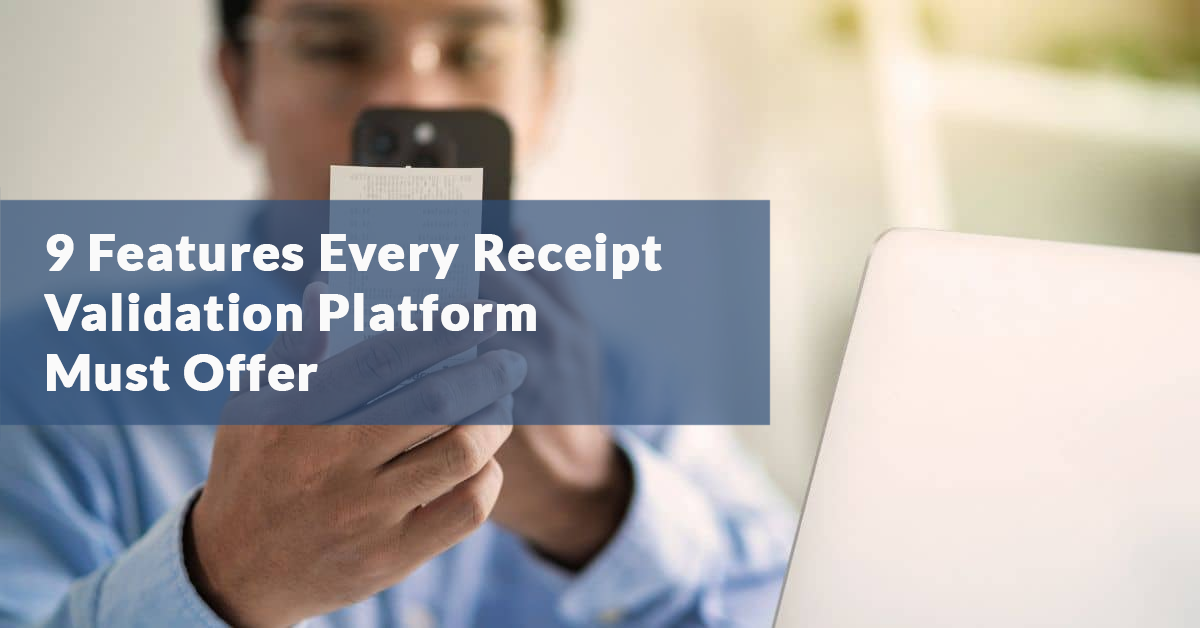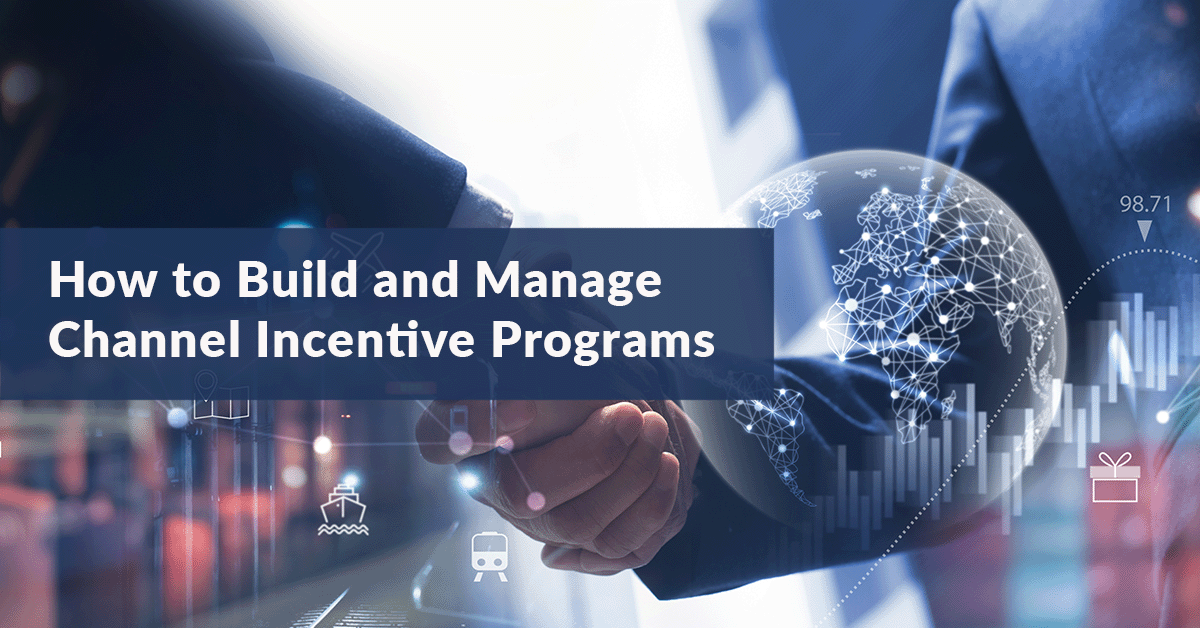Customer loyalty programs are dying. At least, that’s the perception of some in the industry.
As with most things, the reality isn’t as clear-cut. Yes, the traditional loyalty card isn’t as effective as it was 20 years ago. But customers are still willing to engage – you just have to make it worthwhile.
First, you must understand what drives them. That’s where customer loyalty analytics comes into its own.
What Is Customer Loyalty Analytics and Why Do You Need It?
A subset of customer data analytics, customer loyalty analytics is the process of collecting and analyzing loyalty program data. This includes purchase and non-purchase interactions, such as engaging with your social media posts or completing surveys.
Analyzing this data provides valuable insights into customer preferences, purchasing habits, and broader market trends to help you:
- Improve customer retention: customer loyalty analytics reveal your customers’ pain points, desires, and needs. This helps you adapt your program to changing preferences and deliver more relevant rewards.
- Identify cross- and up-sell opportunities: knowing what your customers like and don’t like enables you to provide more personalized product recommendations. This adds value to the customer experience and creates new revenue opportunities.
- Increase lifetime value: loyal customers are less price sensitive, which means they typically spend more. Customer loyalty analytics help you identify your biggest spenders so you can focus your efforts where it matters most.
- Strengthen customer relationships: customer loyalty analytics allow you to anticipate needs and capitalize on emerging trends, showing customers that you understand and value them.
Which Metrics Should I Track?
Tracking the right metrics is essential to effective customer loyalty analytics.
What do you want to learn about your customers? What are your program goals and KPIs? How can you serve your loyal customers better? Questions like these will help you narrow your options to the most relevant ones.
That said, there are some metrics you should always consider when it comes to optimising your customer loyalty program.
1. Member Acquisition Rate
As the name suggests, member acquisition rate shows you how many new members you’ve acquired over a given period. This helps you monitor program growth, which is especially important in the weeks following launch. A low rate may indicate unnecessary friction in the sign-up process, while a stable member acquisition rate is a clear signal of healthy loyalty marketing.
How to calculate member acquisition rate
Divide the number of newly acquired members by the total number of leads generated during a specific period.
2. Customer Retention Rate
A cornerstone of customer loyalty analytics, customer retention rate (CRR) tells you what percentage of your customer base sticks around after signing up to your program. Think of it as a way to quantify loyalty. A low CRR suggests your program needs to offer more value to keep members engaged. For example, timely offers, clearer benefits, or more relevant rewards.
How to calculate customer retention rate
Divide the number of members at the end of a given period by the number of members at the beginning – discounting new members.
3. Reward Redemption Rate
Reward (or point) redemption rate tells you how effectively your program engages members. A high rate suggests rewards are easy to obtain and align with customer preferences. If members keep their points for a long time or don't engage with your offers, consider refreshing your reward options or investing heavier in personalization.
How to calculate reward redemption rate
Divide the number of points/rewards earned by the number of points/rewards redeemed within a certain time frame.
4. Repeat Purchase Rate
Repeat purchase rate (RPR) shows what percentage of your customer base made multiple purchases from your brand over a given period. RPR helps you better understand your customers' spending habits and establish how much of your revenue derives from new vs. returning customers.
How to calculate repeat purchase rate
Divide the number of repeat customers by the total number of customers and multiply by 100. This converts your score into a percentage.
5. Customer Lifetime Value
Customer lifetime value (CLV) calculates the revenue an individual customer generates over the course of their relationship with your brand. It’s not always the most important metric – there are other ways to demonstrate loyalty other than buying products. Think leaving positive reviews, engaging with your social media posts, or creating user-generated content. However, CLV is crucial in identifying your most profitable customers and establishing program ROI.
How to calculate customer lifetime value
There’s more than one way to calculate CLV. The simplest is to multiply an individual customer’s value (based on amount spent) by the length of your average customer relationship.
6. Customer Effort Score
Customer effort score (CES) measures how easy it is for members to engage with your program and, by extension, how satisfied they are. Most brands use the Likert Scale to track CES. This asks members to rate their experiences with your brand on a scale of one to five. For example: “How would you describe the reward redemption process?”. One = very easy, five = very difficult.
How to calculate customer effort score
Divide the sum of responses to each question by the total number of responses. For example, a sum of 200 from a survey of 100 people would give you a CES of 2.
7. Net Promoter Score
Net promoter score (NPS) indicates how people feel about your brand, products, or program. It does this by asking them how likely they are to recommend you to others on a scale of 1-10. NPS has recently fallen out of favor as more quantifiable metrics (like repeat purchase and customer retention rate) have gained traction. However, using them in tandem can give you a clearer view of brand sentiment.
How to calculate net promoter score
Subtract the percentage of promoters (people who scored 9 or 10) by the percentage of detractors (people who scored 0-6). You should end up with a score between -100 and 100.
8. Sales Attribution
Understanding the journey from customer to member is key to maximizing your program’s potential. Sales attribution shows you which touchpoints and channels contribute the most to program growth, and how much loyalty-driven sales contribute to overall revenue. This ensures you focus your marketing efforts in the right areas.
How to succeed in sales attribution
One of the most effective ways to identify your best channels is with self-service attribution. When someone signs up for your program, ask them where they heard about it.
Customer Loyalty Analytics in Action
Schiff Rewards
US supplement manufacturer Schiff Vitamins uses customer loyalty analytics to support its long-running Schiff Rewards program.
Schiff Rewards is a tiered, omnichannel loyalty program that lets members earn points on purchases and select non-purchase activities. In addition to helping Schiff give back to its customers, the program provides a wealth of data that the team uses to deliver personalized offers and promotions.
Mead Johnson Rewards+
Reckitt Mead Johnson combines receipt validation technology and customer loyalty analytics to better understand consumer purchasing habits in Malaysia.
Integrated into the Mead Johnson Rewards+ program, the brand’s automated approach to data analytics gives the team access to a continuous stream of first-party insights. This helps them develop detailed customer profiles and smoother, more personalized experiences.
Netflix
Few brands harness the potential of customer loyalty analytics as well as Netflix.
Netflix customers generate billions of data points every week, revealing insights into everything from their favorite titles and genres to their preferred viewing times. The streaming giant uses its proprietary machine learning algorithm to process this wealth of information and provide accurate recommendations.
DSI Westbury Pro Rewards
It’s not only B2C programs that can benefit from customer loyalty analytics.
Pool equipment specialists DSI Westbury wanted to create a contractor loyalty program that went above and beyond its competitors. To understand what contractors really want, the team surveyed numerous contractors and conducted extensive analysis of similar programs. The result was DSI Westbury Pro Rewards. Alongside traditional cash rewards, the program connects members to qualified leads and provides exclusive access to its training ecosystem.
There's No Substitute for Data
Any marketer will tell you that gut instinct can only take your program so far. To truly understand what resonates with your customers, you need data.
With advanced basket-level analysis, today's customer data analytics tools enable you to make sense of complex purchasing behaviors at product, brand, and even category level. They also reveal unique insights from non-purchase activities, like social media interactions.
Leveraging these tools for customer loyalty analytics helps you optimize your program. The insights they provide allows you to cater to diverse tastes, so you can deliver irresistible experiences to every member.






